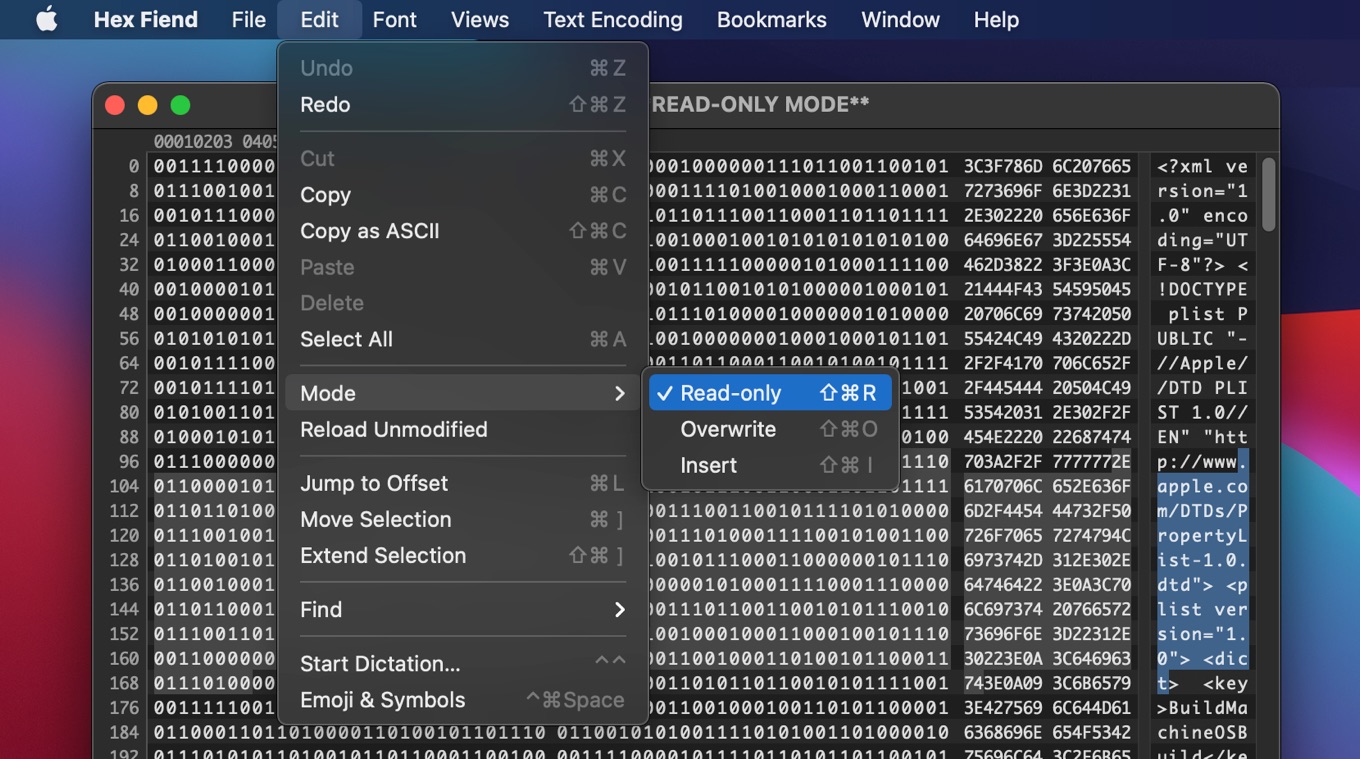

HEX FIEND PC HOW TO
WxHe圎ditor is another one of the Linux hex editors that have some advanced features and while there is no official documentation for the editor, there is a well-written wiki page that provides an explanation as to how to use them too.

Another useful feature is finding and replacing functions and converting between binary, octal, decimal, and hexadecimal values. It has a multilevel undo and redo mechanism that some may find useful.

Ghex is a graphical hex editor that lets users edit a binary file in both hex and ASCII format. The installation of this hex viewer is different for different operating systems, so it is recommended to check the readme file in the project to see the exact installation instructions for your OS. (Note that there is a splitting line in between)

Hex column, which contains the hexadecimal view of the file.Offset column to tell you how many bytes into the file you are.The view of hexyl is split into three columns: Hexyl Hex EditorĪnother useful tool for examining binary file is hexyl, is a simple hex viewer for Linux terminal that uses a colored output to determine different categories of bytes. Hexedit shows both the hexadecimal and ASCII view of the file at the same time. Hexedit is another hexadecimal command-line editor that might already be preinstalled on your OS. It can also convert a hex dump back to its original binary form. One of those tools is the command-line tool – xxd, which is most commonly used to make a hex dump of a given file or standard input. Most (if not every) Linux distributions come with an editor that allows you to perform hexadecimal and binary manipulation.
HEX FIEND PC DOWNLOAD
If no package available, head over to the website of each tool where you will get the standalone package for download and installation procedures, along with details on dependencies.
HEX FIEND PC INSTALL
Most of these mentioned hex editors are available to install from the default repository using your distribution’s package manager, like so: # yum install package Of course, there are many other things you can use hex editors – for example reviewing files with the unknown file format, performs hex comparison, reviewing program memory dump, and others. Some of the most commonly used cases are debugging or reverse engineering binary communication protocols. Hex editors are used for editing individual bytes of data and are mostly used by programmers or system administrators. The difference between a regular text editor and the hex editor is that the regular editor represents the logical content of the file, while a hex editor represents the physical contents of the file. In simple words, a hex editor allows you to examine and edit binary files. But before we start, let’s look at what a hex editor really is. In this article, we are going to review some of the best hex editors for Linux.


 0 kommentar(er)
0 kommentar(er)
